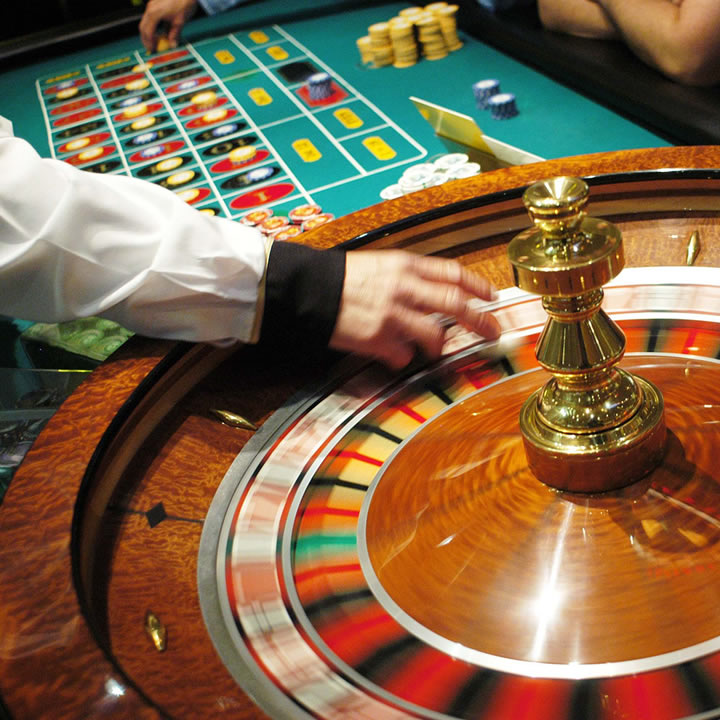Are you a slot machine fan? The Green Casino offers a wide range of classic casino games, roulette, and of course, a wide range of slot games. Visit the Green Casino portal, choose your favorite game and get the Green Casino 25€ bonus.
In the modern world, few people know that gambling appeared long before the civilized world known to us. In ancient excavations, archaeologists still find dice made by craftsmen thousands of years before our era.
According to scientists, in those days, cubes were used not for games, but for divination and all kinds of shamanic rituals, and only hundreds of years later, dice were transferred to the gambling environment.
The history of games in gambling countries of Europe is rooted in the deep past.
So, in ancient Rome, a special gambling establishment called ”Circus” was invented and opened, in which local residents could test their luck on the dice and play games for real money.
History of casino development in Europe
The active development of European casinos and the gambling traditions of Ancient Rome began in Italy, during the Renaissance. A big impetus to the emergence of gambling houses was given by the appearance and distribution of playing cards.
For the first time, according to tradition, the Italians began to play cards for money. In Rome and in other, smaller cities, houses began to appear in which people could quench their excitement, as well as dance, sing, and relax in special rooms.
Roughly speaking, these were the first European hotel and entertainment complexes.
The Italian nobility loved excitement no less than ordinary hard workers, but she did not want to play with them, so elite casinos were opened where wealthy people played and large bets were made.
Opening of the first casino in Europe
The first gambling in Europe appeared in Venice. It was originally planned that people visiting the famous Venice Carnival would play in the gambling club, but the popularity of the institution quickly changed its direction.
In Il Ridotto, only wealthy ladies and gentlemen had fun, and within its walls high stakes were made and big winnings were given out. The existence of such an institution was extremely beneficial to the state, so the casino
Europe was subjected to a truly barbaric tax. Already in those days, the casino had a strict dress code and face control that dictated to visitors how they should dress and behave in the establishment.
Promotion and development of gambling in Europe
At the beginning of the 18th century, gambling in Europe appeared in many countries. Every self-respecting person with a more or less decent income considered it his duty to visit the casino.
In addition to aesthetic pleasure, gaming clubs gave their guests considerable prize money, so the number of gamers grew exponentially every year.
Overview of casinos in Europe: the dawn of history peaked in the 19th century. At that time, gambling clubs were getting taller, and the interior was getting richer. A large percentage of wealthy players could no longer imagine their life without gambling.
For fans of a solitary game, separate rooms began to be opened, which at that time did not yet bear the proud name of ”VIP”.
But at the end of the century, serious sanctions were imposed on the gaming business, severely limiting its work, because of which the development of casinos in Europe stopped and many gambling houses were closed.
The only iceberg on which government bans did not work was Monte Carlo.
In modern Europe, gambling policy depends solely on the country. For example: in the UK, casinos can only be opened in specially designated gambling areas.
Russia has also adopted this practice. But, despite the many conflicting laws that restrict gambling in European countries, the number of casinos and people who want to play in them is growing every year.

